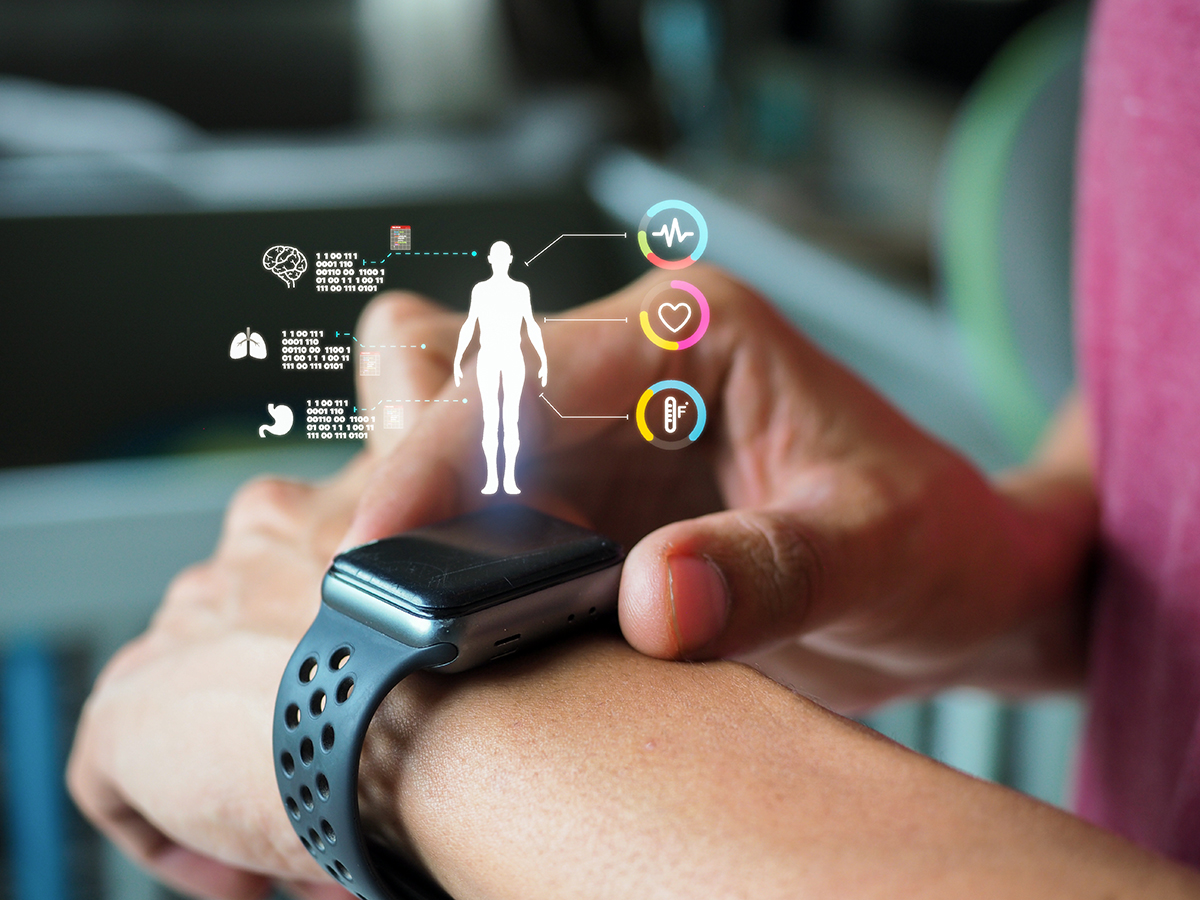
How Virtual Care, RPM Improves Patient Experience and Physician Efficiency

The face of healthcare is transforming thanks to technology and changing patient demands. Healthcare institutions are rapidly evolving in an attempt to future-proof their practices and satisfy customers. Modern healthcare facilities are increasingly adopting innovations like virtual care and remote patient monitoring (RPM) to bridge the gap between patient and provider while also improving care outcomes and physician efficiency.
Improving Care Accessibility is the First Step Towards Health Equity
Accessibility of care has been a major concern in the U.S. healthcare system for many years. While the country has made great strides in advancing medical technologies and treatments, many Americans still face significant barriers to accessing quality care. Factors such as geographic location, cost, and lack of transportation can all prevent people from receiving the care they need.
Currently, there are 37.9 million people in the U.S. who live in poverty. This factor alone contributes to the type of medical care they can afford to receive. Delays in seeking medical care or avoiding it outright are often a result of a lack of insurance and the skyrocketing out-of-pocket medical care costs.
Virtual care has emerged as a promising solution to this problem. By utilizing telemedicine and other remote patient monitoring technologies, healthcare providers can deliver care to patients regardless of their physical location. This has the potential to greatly improve access to care for underserved populations, as well as reduce healthcare costs and improve outcomes for patients overall. While virtual care is not a panacea for all of the issues facing the U.S. healthcare system, it represents an important step forward in ensuring that all patients have access to the care they need to live healthy, productive lives.
Improving the Patient Experience with Virtual Care
Virtual care is convenient and beneficial for patients. According to McKinsey, it’s estimated that greater than 50 million in-person visits can be virtual or telemedicine if adopted equally amongst patient segments. This means that lower income individuals—often people residing in rural areas —would have better access to medical care.
Further, a patient survey during the pandemic at a free health clinic serving the local uninsured and low-income population revealed that greater than 97% of patients were highly satisfied with their telemedicine experience. Virtual care also increases access to harder to reach specialists. Some of the more popular specialty providers making virtual care possible include mental health, dermatology, endocrinology, and OB/GYN.
Statistics show virtual care helps to improve appointment attendance. According to NIH, 88% of patients agreed that their telehealth visit was more convenient than an in-person visit. The reduced number of missed appointments increases the likelihood of better health outcomes. Remember, an engaged patient is a healthy patient!
Improving the Physician Experience with Virtual Care
The benefits of virtual care are not exclusive to patients. Providers benefit from greater flexibility and enhanced opportunities to connect with their patients. Engaging patients more easily and frequently can result in fewer return visits. This saves physicians precious time and resources. Additionally, virtual care eliminates the chances of healthcare providers being exposed to harmful illnesses from their patients during in-person visits.
Virtual care also helps improve physicians’ mental health. Physicians take an oath to treat their patients to the best of their ability. With that, often comes long hours and time spent away from their own families. To say their workloads are heavy and stress levels are high may be an understatement. Unfortunately, the risk of widespread clinician burnout is a national crisis. Burnout puts the well-being of both doctors and patients at risk.
Virtual care offers physicians flexibility, enabling them to work in a hybrid care model to reduce burnout. Instead of having to travel to different offices or hospitals, physicians can broaden their patients’ access to care virtually. This simplifies the schedules of physicians and eases the stress of logistics. Virtual care also opens the door to greater patient-provider collaboration.
Improving Experience of Patients and Physicians with RPM
When patients and doctors work together, health outcomes and provider efficiency improve. One way that patients and providers can come together beyond virtual care is through RPM. RPM bridges the gaps in patient care by allowing providers to monitor important patient metrics like heart rate, blood glucose, respiratory rate, oxygen saturation, activity & sleep patterns, and alerts healthcare providers if those fall outside of normal ranges. When patients wear IoT devices, doctors can observe their patient’s data where they live, work, and play—no appointment needed.
With a real-time and accurate view of patient health through these devices, healthcare practitioners can increase their response times. And with enough lead time, RPM can enable providers to proactively respond to emergencies, pain, or aggravation of symptoms before a patient’s condition worsens.
From RPM come the following benefits for healthcare physicians:
- Patients can remain in the comfort of their own homes while doctors deliver preventative care, which is especially important for patients suffering from chronic health conditions
- Improved health outcomes
- Reduced readmissions
- Cost of patient care is minimized
- Optimized staff efficiency
- Patients are encouraged to practice self-care
- Increased patient engagement
- Virtual care just makes sense
According to a study published by the Association of American Medical Colleges, the United States could see an estimated shortage of between 33,700 and 86,700 specialty physicians by 2033. In addition, the federal government projects a shortage of over 20,000 primary care physicians in rural areas by 2025. Roughly 20% of Americans live in those areas and already struggle to gain access to healthcare services. It’s not difficult to draw the conclusions that the lack of convenient and preventative care threatens the livelihood of many individuals.
Virtual care can be leveraged to improve the experiences of both patient and physicians and champion social determinants of health that may be difficult to overcome. Patient engagement increases, health outcomes increase, time and resources of physicians can be better utilized, and burnout can be mitigated with virtual care. Coupled with RPM, major health events can be prevented, benefiting both patients and providers. Thanks to these healthcare innovations, a healthier world is possible.
Apexon created a fully automated and interactive cloud-based voice recognition application platform with a patient-physician, microservice-based interaction model. This solution minimizes the need for patient visits to the hospital, reducing waiting times for appointments, eliminating human errors in the information gathering process, and enriching the overall care experience. Check out how Apexon’s healthcare technology solutions digitize the patient/provider experience or get in touch with us directly using the form below.




